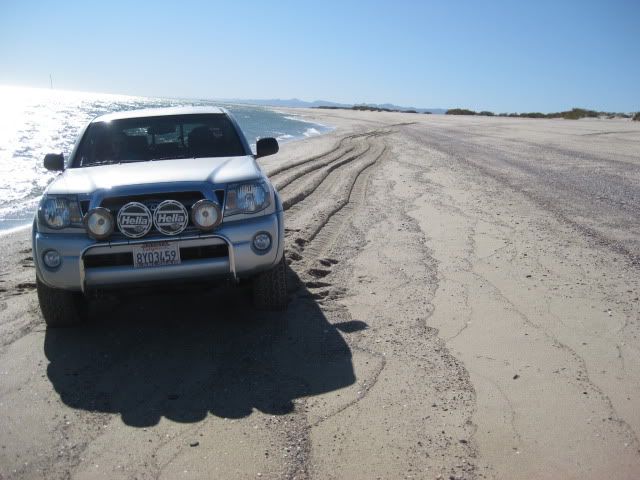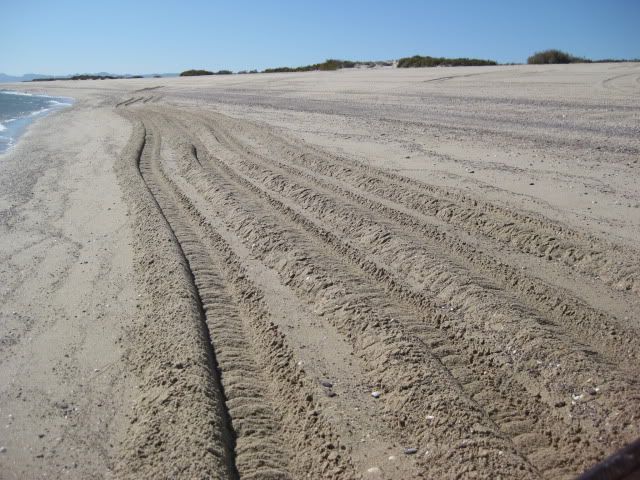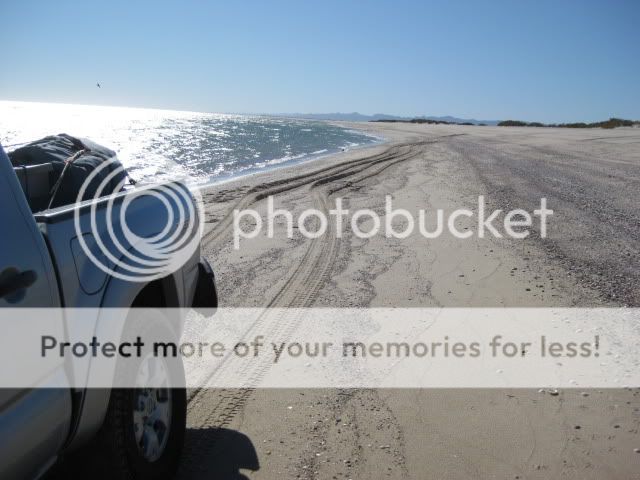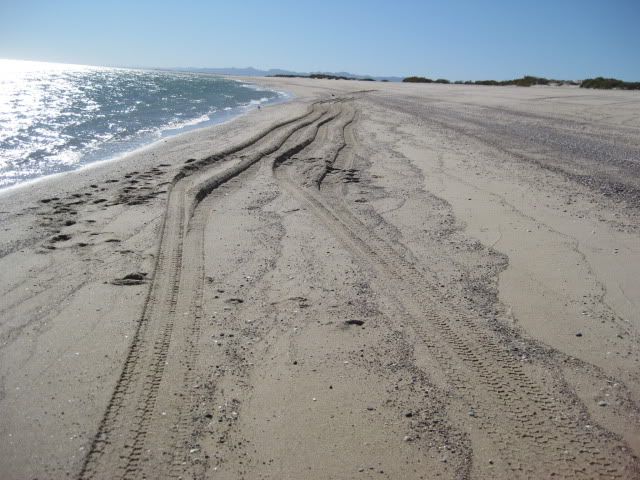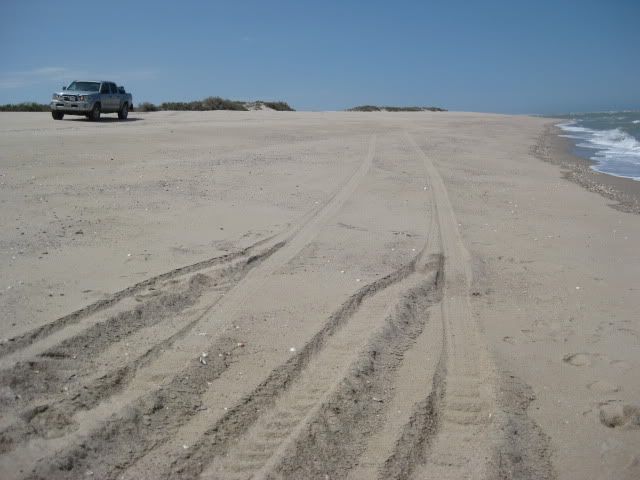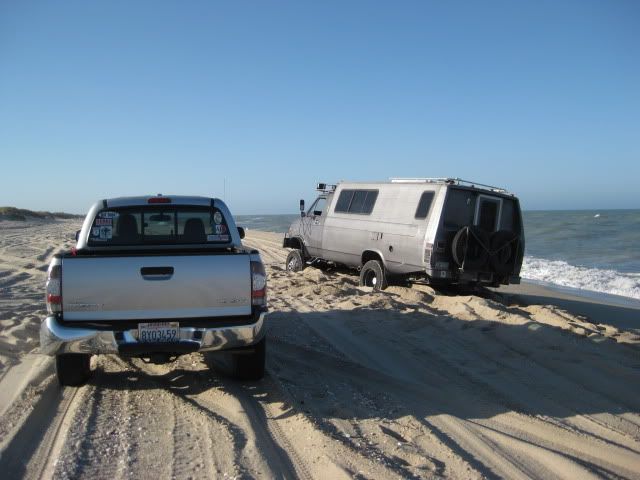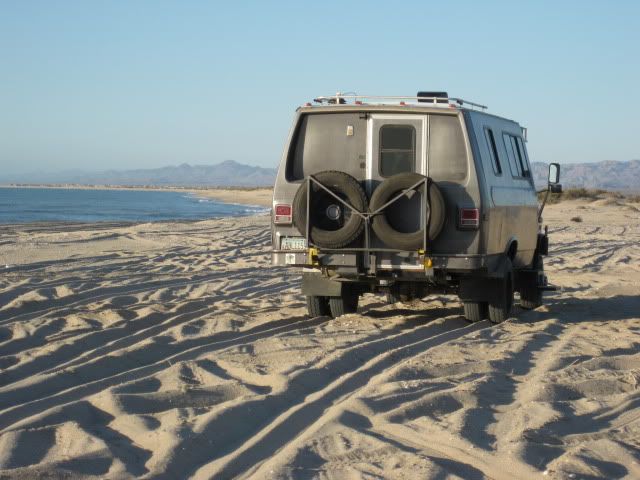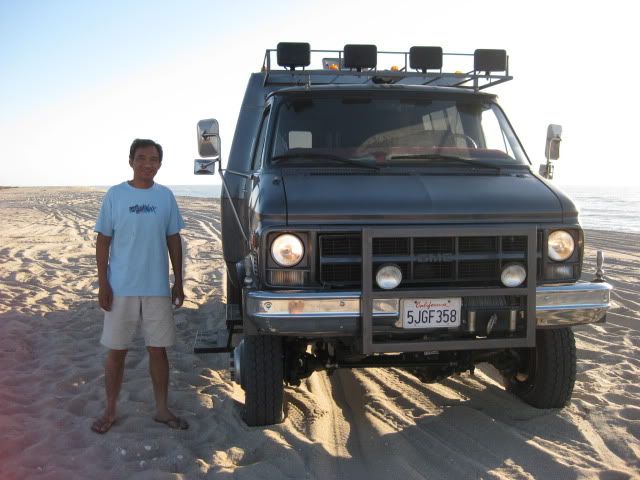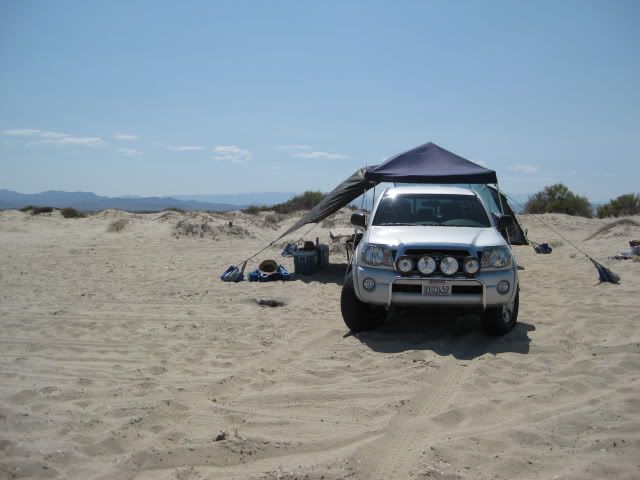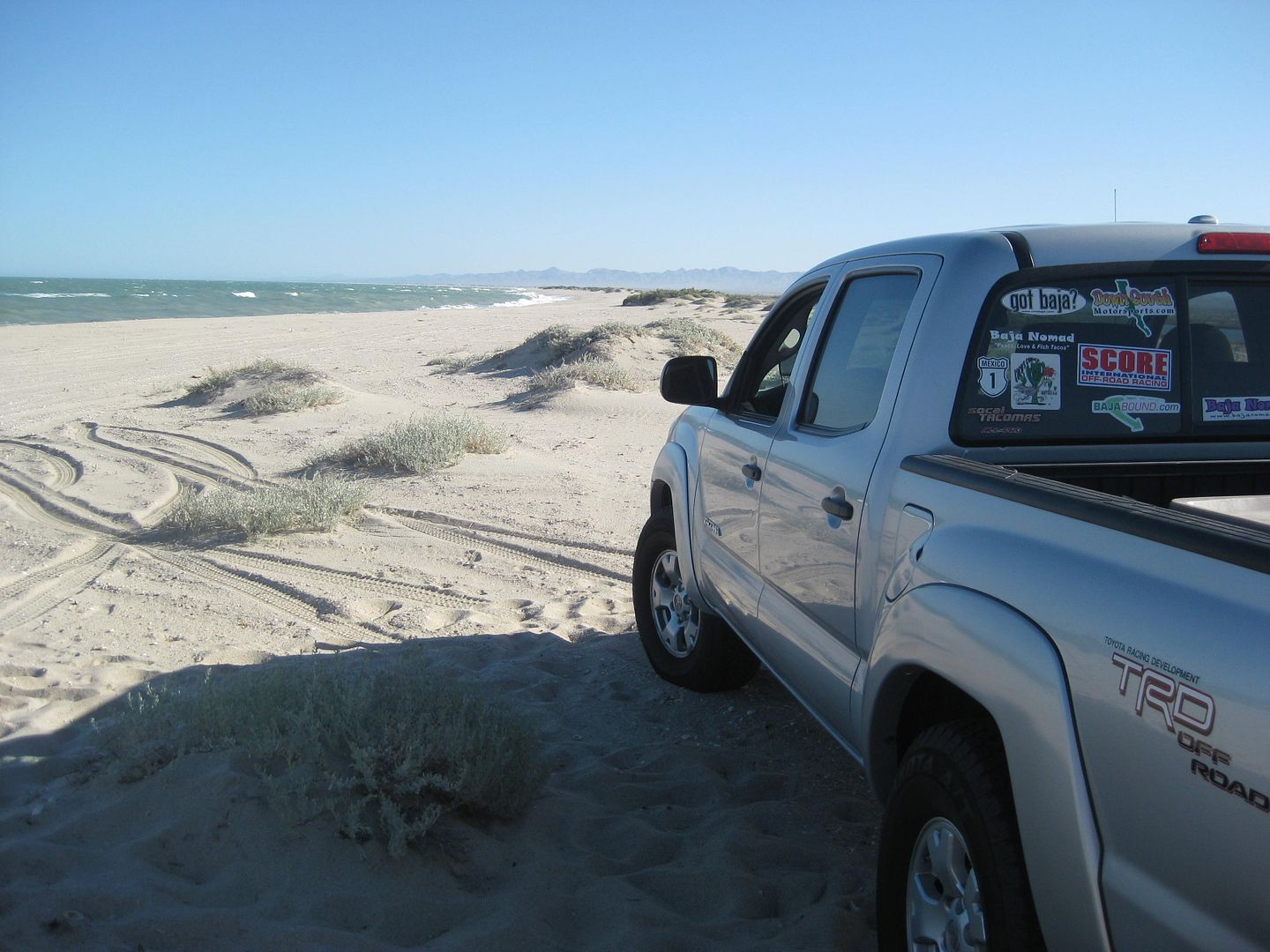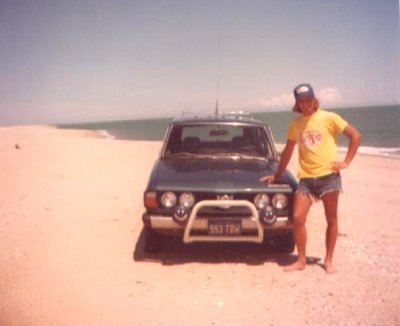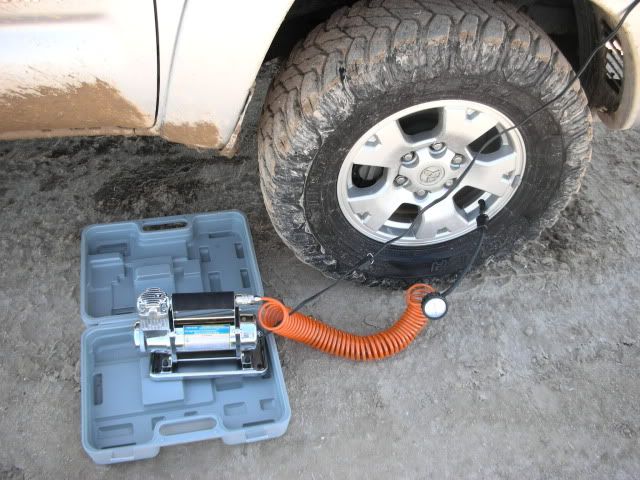Gauge
Most of us use a tire deflator the comes with an accurate gauge. Makes it much easier to deflate accurately and quickly. Here is an example, and is
the the one I have been using to the last 10 years.
http://www.ebay.com/bhp/tire-deflator
When I go on a Jeep club trip either here in Baja or in Colorado 90% of the rigs use that unit on the link.
For normal tire pressure checking I use and electronic one bought at the local auto store. They all seem to be very accurate regardless of the brand.
They eventually die due to dead internal battery and have to be replaced.
For pressurizing I have a CO2 tank in two of my rigs and a VIAIR system in another. Advantages and disadvantages for both. For in my Colorado Jeep I
carry the HF as a backup for the CO2 for trips to Moab where we spend 7 days of deflating and inflating and it limits how many uses for the CO2.
Speed wise CO2 beats everything except the air conditioning compressor setups. No electric pump is anywhere close to CO2 speed wise. Really nice when
I have to deal with the F350 after stealing the CO2 tank from my Bronco.
For a CO2 setup DIY is the way to go to cut the cost to something reasonable. Lots of how to in the web.
Different setups for different situations.
The HF unit discussed will work fine for seldom use and low cost and I recommend it.
Paul |


